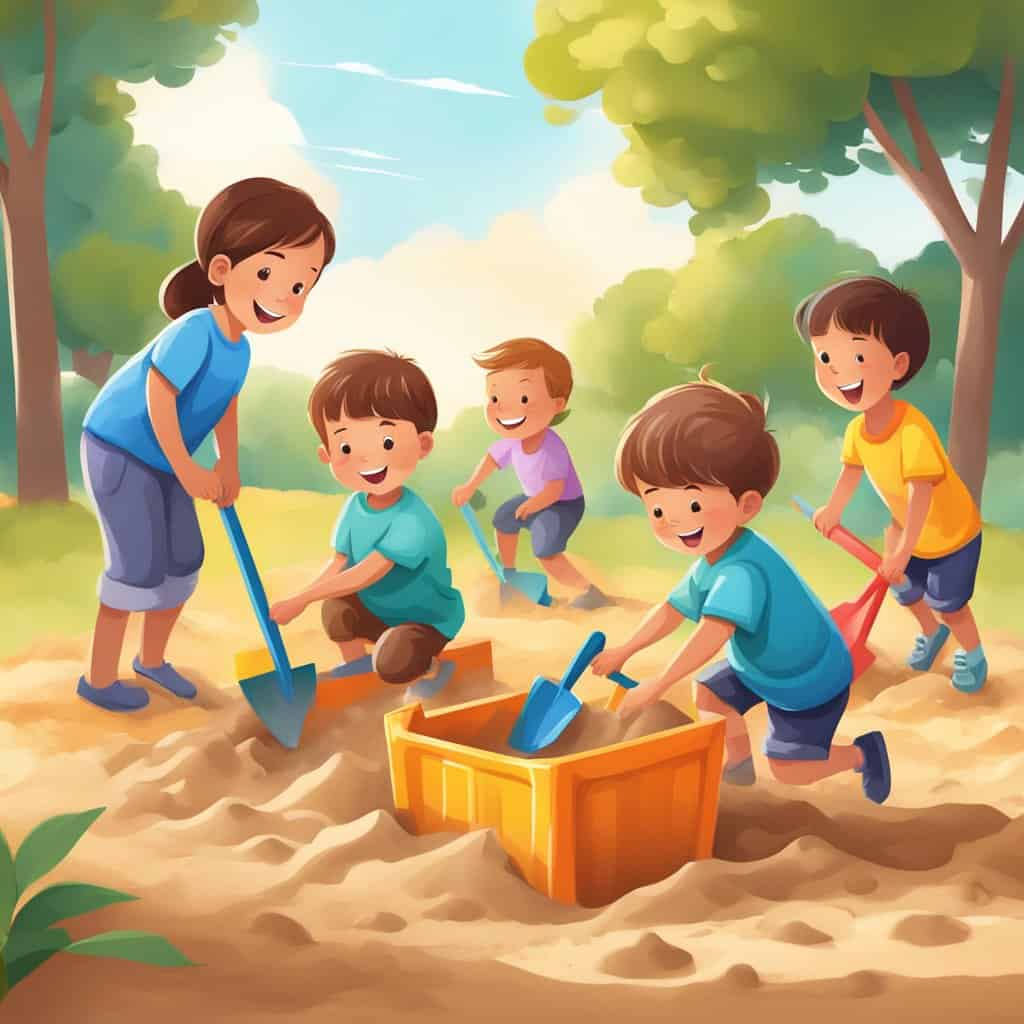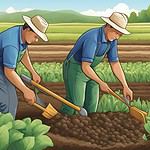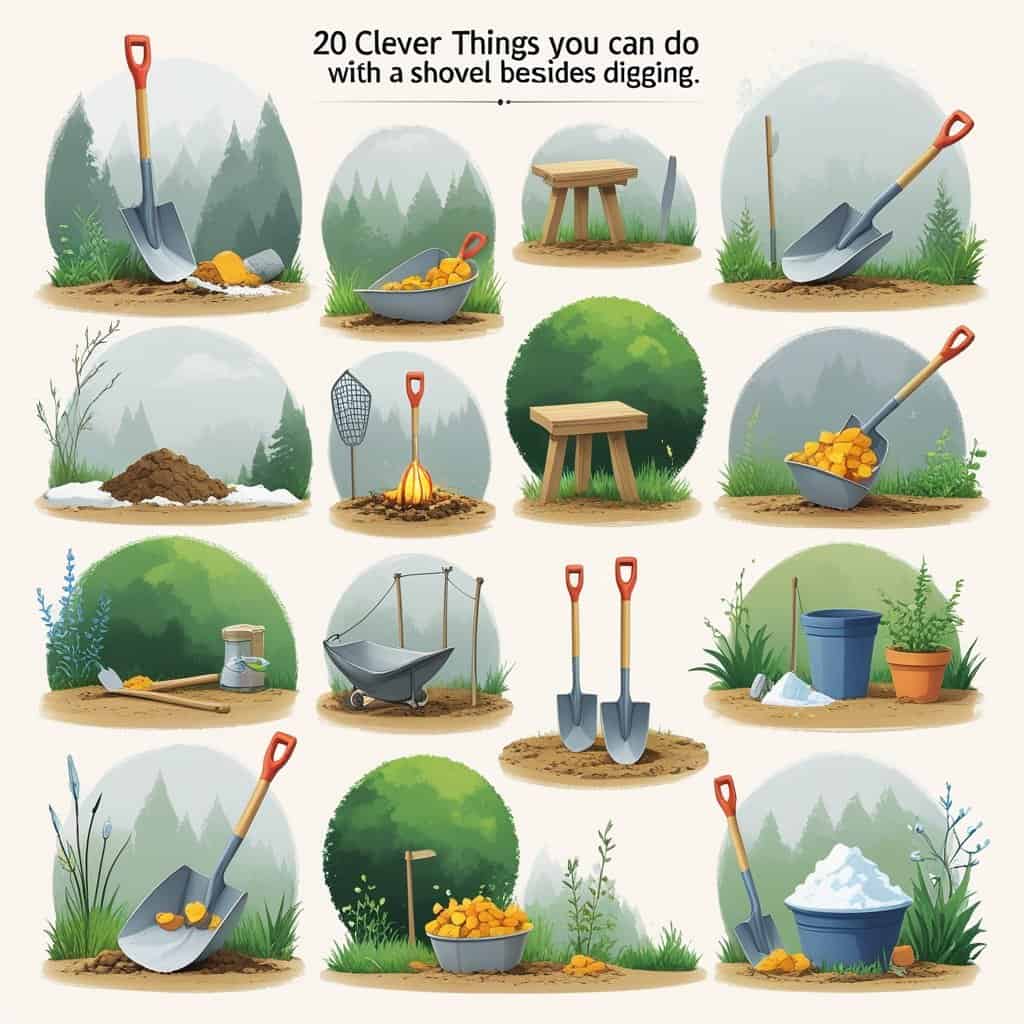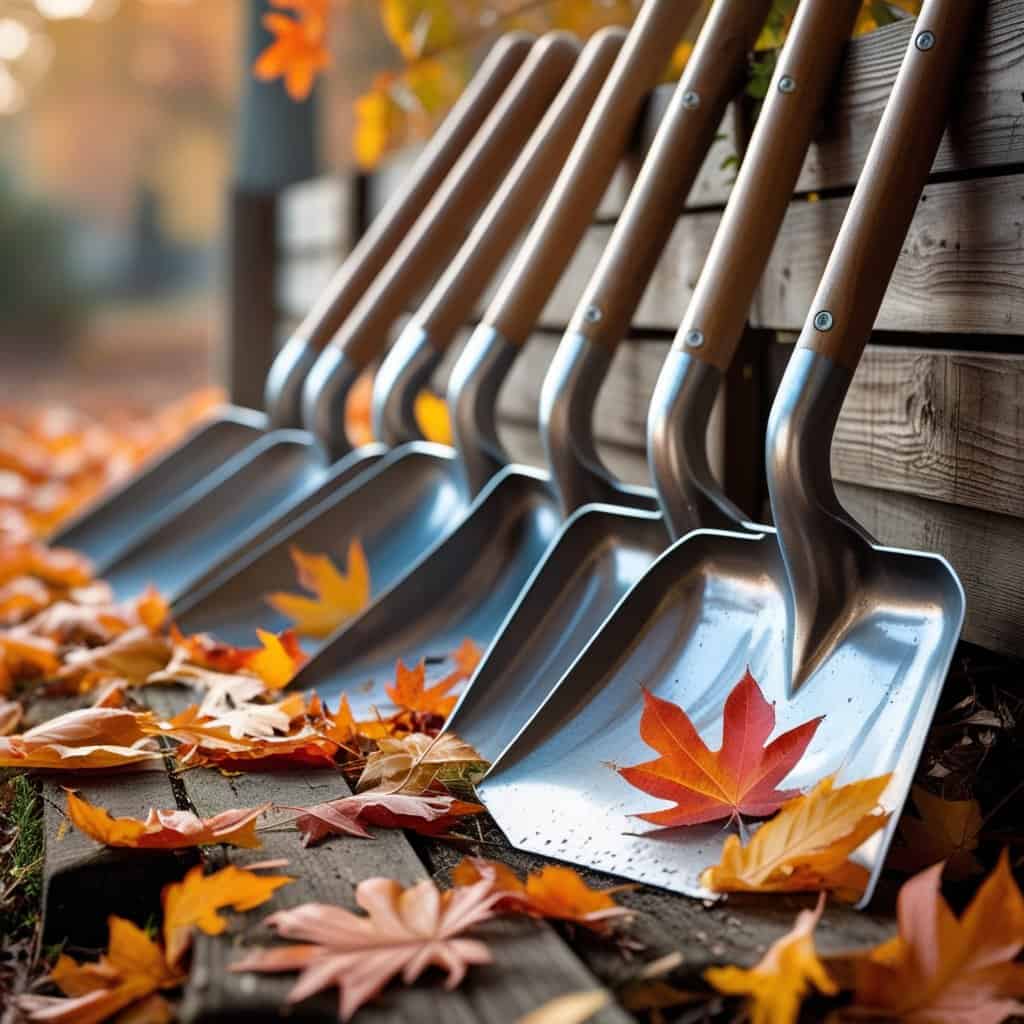As a parent, it is always great to find activities that allow your kids to have fun while learning something valuable. One such activity that ticks both boxes is digging. With the right tools and guidance, digging can be a highly engaging outdoor play option for entertainment and educational purposes.
Children are naturally curious, and providing them with shovels designed for their age and size can encourage exploration and discovery. From building sandcastles at the beach to unearthing treasures in the backyard, shovels for kids offers numerous creative and imaginative play opportunities. Additionally, it can help kids develop essential motor skills and learn about the world around them.
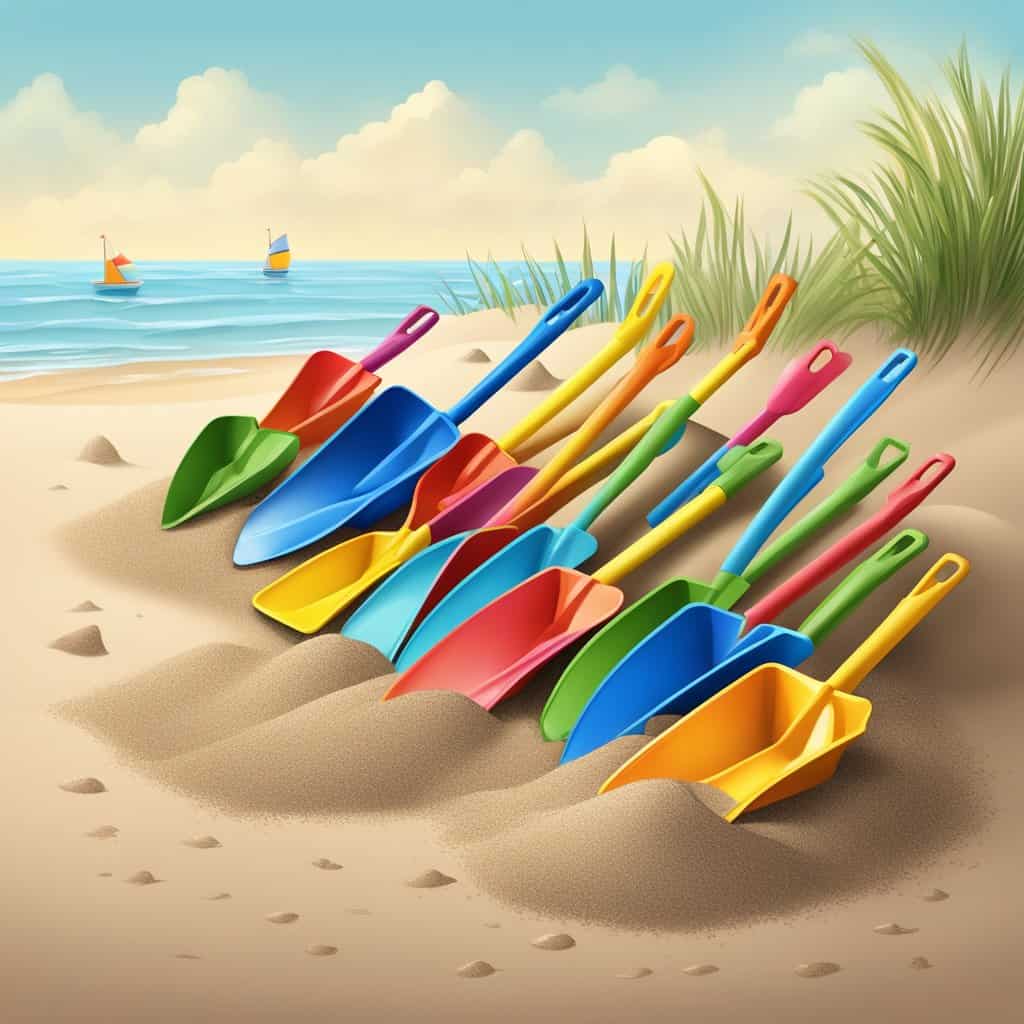
Table of Contents
Choosing the Right Shovel For Your Child
When selecting shovels for kids’, it’s essential to consider their age and size. Small shovels (25-30 inches) are suitable for children aged 3-5, while medium shovels (31-34 inches) are ideal for children aged 6-8. Choosing a shovel that provides proper leverage and is the appropriate size for your child’s height and strength is essential, as this will ensure comfort and ease of use when engaging in outdoor play and learning.
Shovels come in various materials, such as wood, plastic, and metal, but selecting a durable and robust material for your child’s shovel is crucial. Metal shovels are an excellent choice as they don’t rust and can withstand various weather conditions. Plastic shovels can be lightweight and suitable for younger children. Quality matters in your child’s shovel, as a well-made shovel will offer better performance and withstand extended playtime.
When choosing a shovel for your child, prioritize those with a design incorporating safety features. Look for shovels with rounded edges to minimize the risk of injury, and ensure the handle is comfortable and easy to grip.
Options like the Fiskars Kids’ Digging Shovel are worth considering, as they are designed for children’s use. The lightweight design of a child’s shovel ensures that kids can play and learn for extended periods without getting tired.
When choosing a shovel for your child, please consider their age and size, the shovel’s material and durability, and its safety and design aspects. This way, you’ll help foster an outdoor play and learning experience that is both enjoyable and safe.

Incorporating Educational Elements
Providing opportunities for imaginative play is a key aspect of incorporating education into kids’ outdoor activities. By adding shovels to the mix, you can help children transform their play area into a world of their creation. For instance, digging pits or creating sand structures can inspire children to build castles, cities, or transportation systems. Adding buckets and toy cars to the play area can enhance their creative play. Through these experiences, your child can explore their connection to nature and develop a deeper appreciation for the world around them.
Using shovels for outdoor play helps children develop essential motor skills and coordination. Digging and scooping can improve hand-eye coordination as children learn to accurately maneuver the shovel to pick up and move dirt or sand. Incorporating tasks that require precision, such as filling pots with soil, can also help refine these skills.
Children can work cooperatively, taking turns to dig, fill, and carry items, fostering teamwork and enhancing their social skills. With each activity, they’ll strengthen their muscles and refine their fine and gross motor skills.
Gardening as a form of outdoor play allows children to engage with nature, learn about responsibility, and understand the life cycle of plants. Kids can create a small garden space using shovels to plant flowers, vegetables, or herbs, offering an opportunity to learn about the various stages of plant growth, such as germination, pollination, and harvest.
You can start by helping your child choose plants suitable for their skill level and distinct features, such as flowers or unique leaves. Then, guide them through preparing the soil, planting seeds, and caring for the plants by watering and weeding as needed.
Incorporating these educational elements into your child’s outdoor play can help them experience a wide range of physical and mental developmental benefits while having fun.
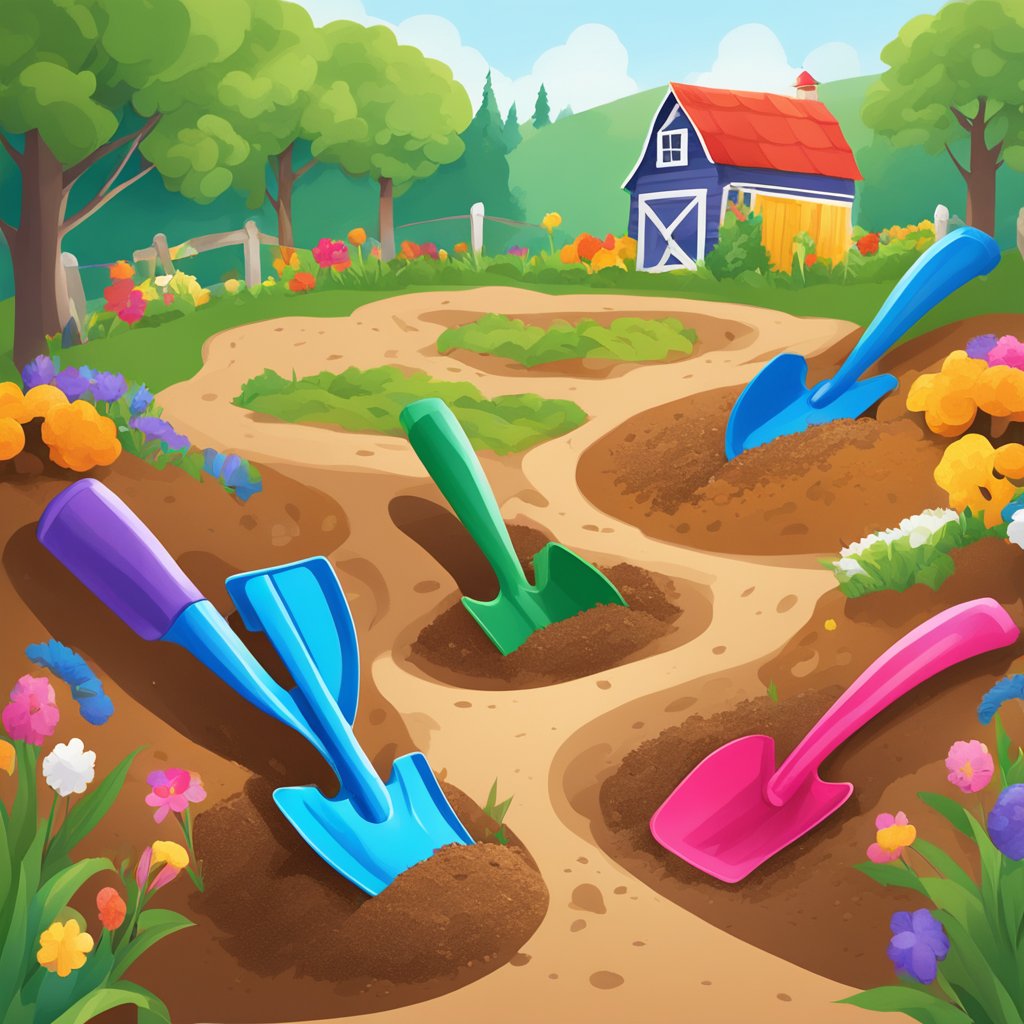
Sandboxes and Mud Kitchens
The first step in setting up an area for your child’s outdoor play and learning is to choose the perfect spot. It should be in a safe and visible location, ideally with shade to keep your little explorer cool during hot days. Also, consider selecting an area with soft and easily diggable soil to make playtime more enjoyable.
Two popular options for a kid-friendly digging area are sandboxes and mud kitchens. A sandbox provides a clean and soft space for digging, and you can easily find sand at your local hardware store. If you prefer a more hands-on, sensory experience, a mud kitchen combines water and dirt for endless creativity. You can find reasonably priced mud kitchen sets at a local store or create a DIY project using your own materials.
- Sandbox:
- Clean and soft
- Easy to find sand
- Available at Home Depot or Amazon
- Mud Kitchen:
- Hands-on, sensory play
- Combines water and dirt
- Reasonably priced sets at local stores
- Create, DIY a mud kitchen with your kids
Once you’ve created the digging area for your child, add accessories and toys to make their playtime more engaging. Include toy diggers for realistic construction play or sandcastle building. Invest in various shovels, such as spades and scoops, to help your child practice fine motor skills and learn about different tools. Add buckets, sieves, and other sand or mud play accessories for fun and learning opportunities. Be sure to compare prices at your local stores to find the best deal on these toys and tools.
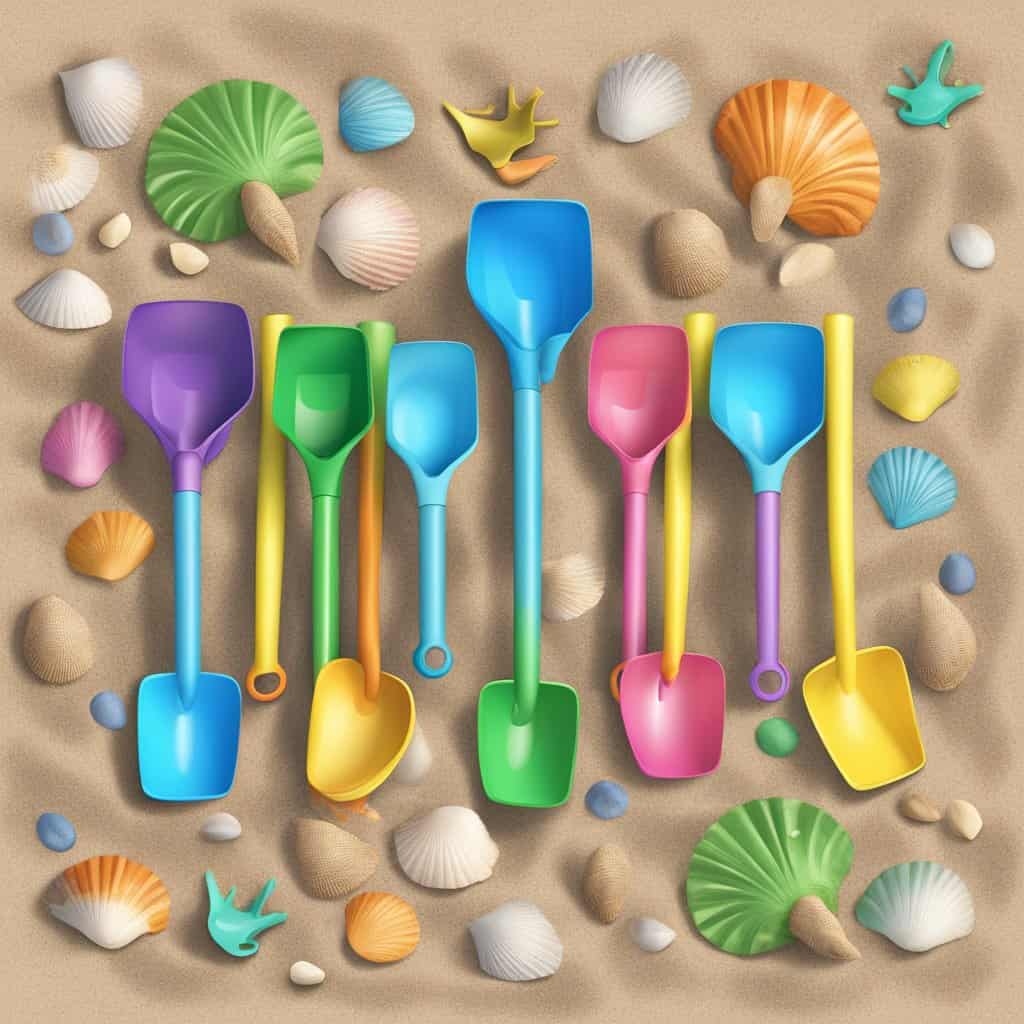
Final Thoughts
Digging can be a highly engaging and educational outdoor play activity for children. Parents can foster creativity, imagination, and physical and mental development by providing kids with the right tools and guidance. Overall, digging can offer children a wide range of benefits, making it an excellent option for parents looking to provide their kids with entertainment and learning opportunities.
Frequently Asked Questions
At what age can kids effectively handle a toy shovel for digging activities?
Children as young as two can start handling toy shovels for digging activities. However, choosing age-appropriate shovels is essential to ensure safety and enjoyment. Tailor the digging tasks to your child’s ability and motor skills, and always provide supervision.
How do shovels contribute to a child’s physical development during outdoor play?
Shovels encourage children to use their muscles, which helps in overall physical development. Digging activities enhance motor skills, hand-eye coordination, and strength. They engage the core muscles and improve balance while promoting healthy physical activity and exercise.
What types of shovels are best suited for children’s garden play?
Choose shovels specifically designed for kids, like the Stargo Excavator or Emsco Little Diggers line of shovels. They should be lightweight, made from durable materials, and appropriately sized for a child’s age and height. Depending on your child’s interest and the outdoor play area, select shovels tailored to specific tasks such as gardening, sand play, or construction activities.
How can parents encourage proper tool care and maintenance with their children’s play shovels?
Instill a sense of responsibility in your child by teaching them the importance of caring for their tools. Show them how to clean and store their shovels after each use and involve them in periodic inspections to ensure the tools remain in good condition. By modelling and promoting proper tool care, you help your child develop a long-lasting appreciation for their outdoor play equipment.

